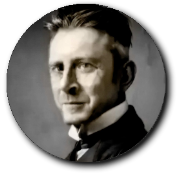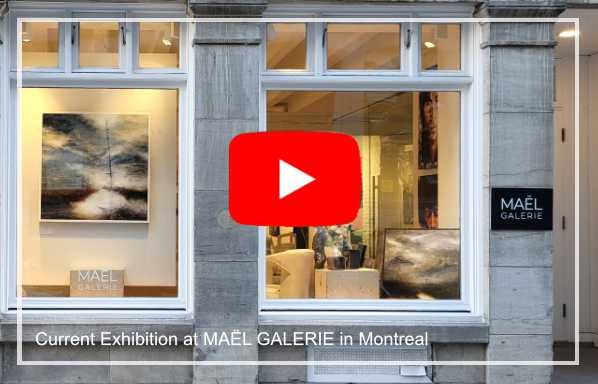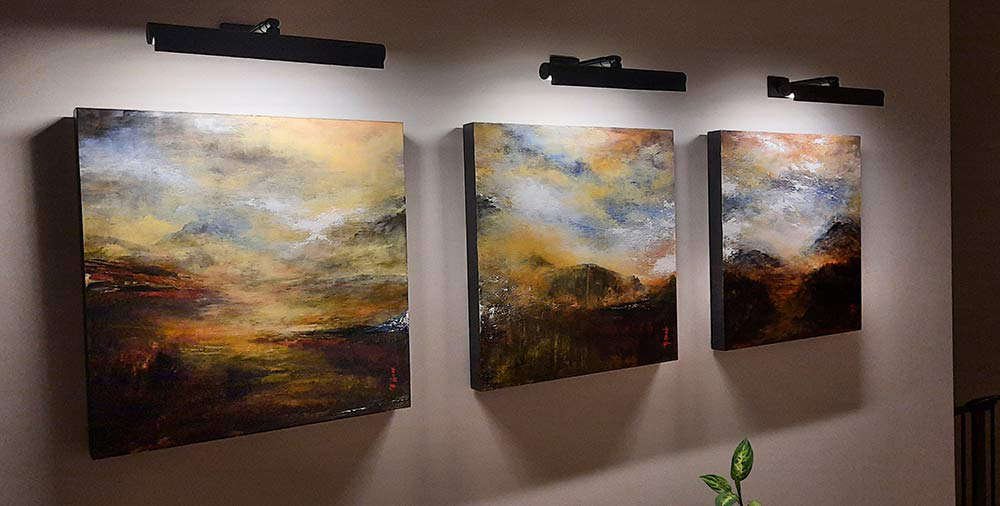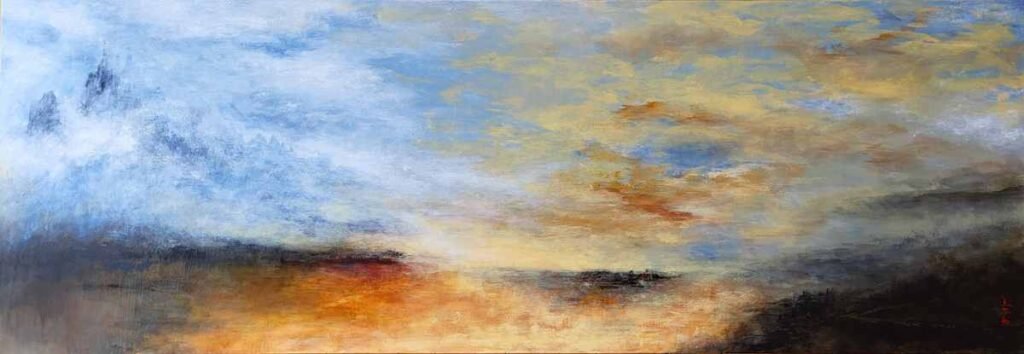Art abstract romanticism represents a fascinating blend where deep emotional expression meets contemporary artistic freedom. This modern art movement combines the passionate spirit of historical Romanticism with the bold, non-representational forms we see in abstract art today. Artists working in this style use vibrant colors, flowing shapes, and expressive brushstrokes to create feelings rather than realistic pictures.
What makes this genre special is its ability to speak directly to our emotions. Modern abstract paintings in the romantic tradition don’t just show us something beautiful—they make us feel something profound. The artwork becomes a conversation between the artist’s inner world and our own experiences, creating connections that go far beyond what we might see in traditional representational art.
“The job of the artist is always to deepen the mystery.“ – Francis Bacon, contemporary artist known for emotionally powerful abstract works.
This artistic approach prioritizes emotion and imagination over technical precision. Artists draw inspiration from the sublime—those moments when we feel both awed and humbled by something greater than ourselves. Contemporary romantic art maintains the individualistic spirit of historical Romanticism while embracing abstract expressionism movement techniques that allow complete creative freedom.
The genre stands apart from purely intellectual abstraction by focusing on emotional resonance. Each brushstroke carries meaning, each color choice evokes a feeling, and each composition tells a story without using recognizable images. This emotional abstract art creates experiences that feel both deeply personal and universally understood.
From Dramatic Landscapes to Emotional Abstracts: Tracing the Roots of Romanticism
The Romantic movement emerged in late 18th century Europe as artists rebelled against the rigid rules of Neoclassicism and Enlightenment thinking. This romantic era artwork celebrated imagination, personal emotion, and the raw power of nature. Artists wanted to capture not just what they saw, but what they felt when experiencing the world around them.
Landscape painting became the heart of Romantic expression. Artists like J.M.W. Turner and Caspar David Friedrich transformed ordinary scenes into emotional experiences. Turner’s swirling storms and Friedrich’s mysterious forests weren’t just pretty pictures—they were windows into the human soul. These painters used dramatic contrasts between light and dark, calm and chaos, to show how nature could make us feel both insignificant and deeply connected to something larger.
“The sublime is an aesthetic quality that refers to greatness beyond all possibility of calculation, measurement, or imitation.” – Immanuel Kant, philosopher whose theories on the sublime influenced Romantic artists.
The concept of the sublime played a major role in shaping Romantic art. Philosophers like Edmund Burke and Immanuel Kant described the sublime as an experience that overwhelms our senses—think of standing before a massive waterfall or watching a thunderstorm. Romantic artists tried to capture these overwhelming moments, creating works that made viewers feel that same sense of awe and wonder.
« Art is a deeply personal journey, and this piece showcases a command of creating atmosphere and emotion. Encouragement is found in the boldness of vision and the willingness to explore complex themes. Let this be a springboard for further experimentation and refinement, drawing strength from the emotions evoked and the stories told through the brushstrokes.»

 FRANÇOIS HAGUIER, (1969-) franco-canadian abstract painter inspired by Romanticism style.
FRANÇOIS HAGUIER, (1969-) franco-canadian abstract painter inspired by Romanticism style.

